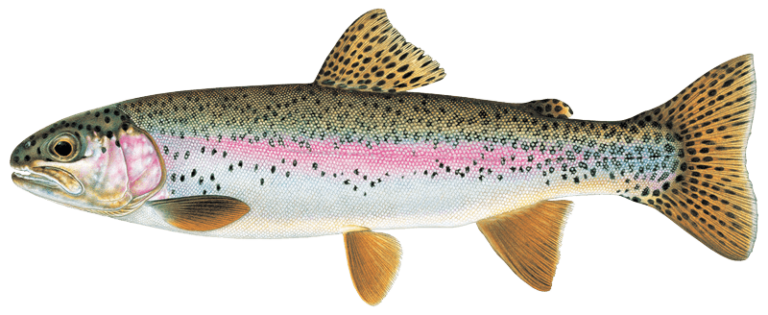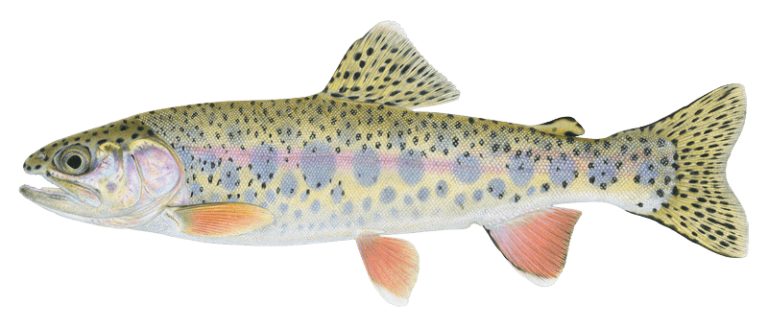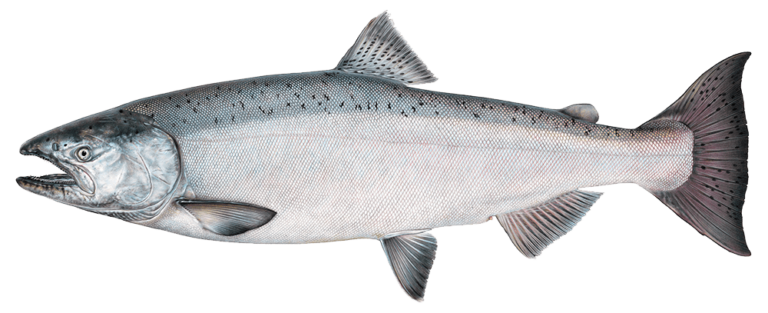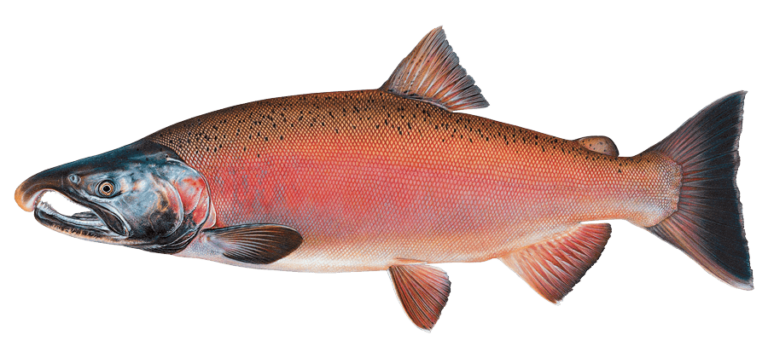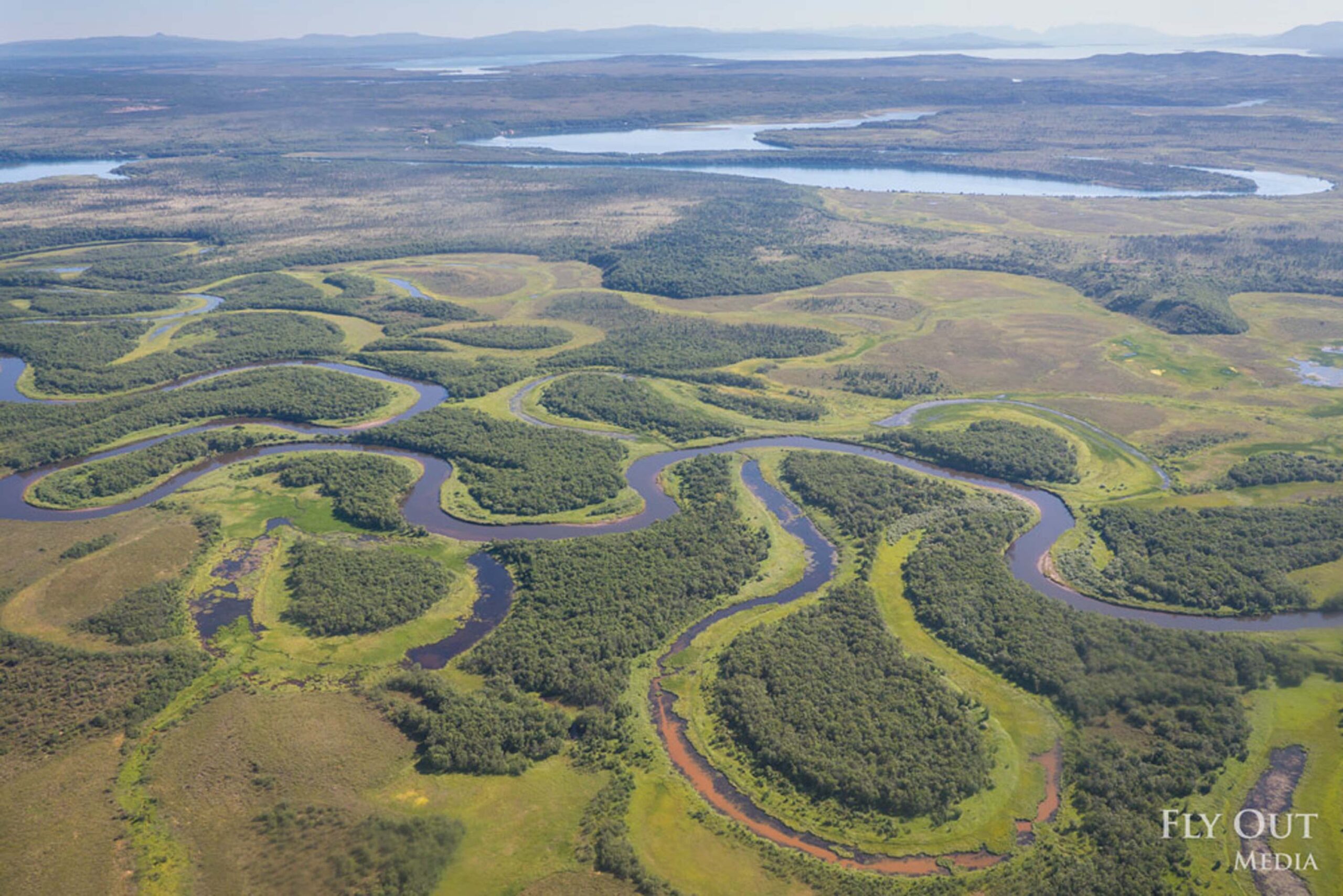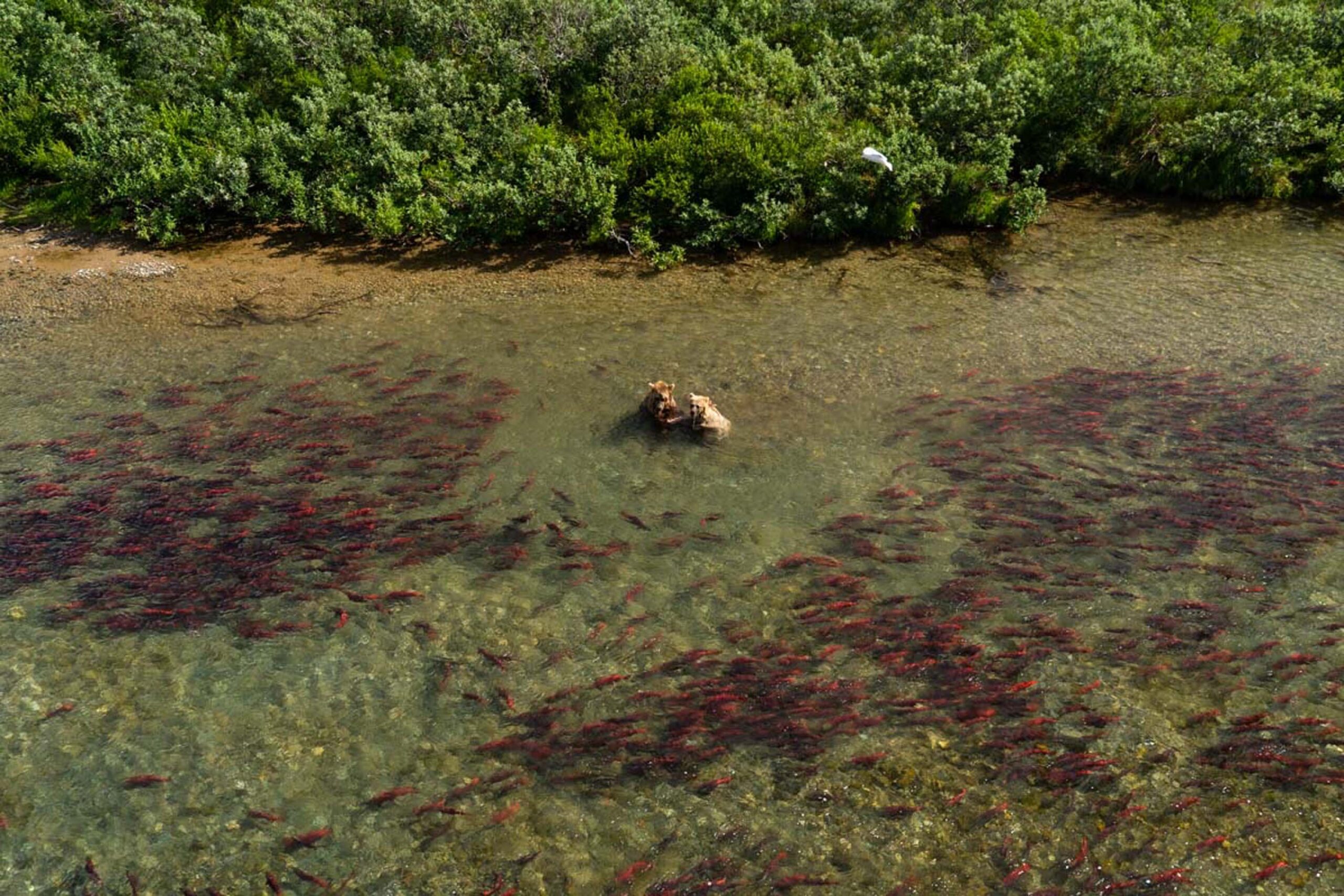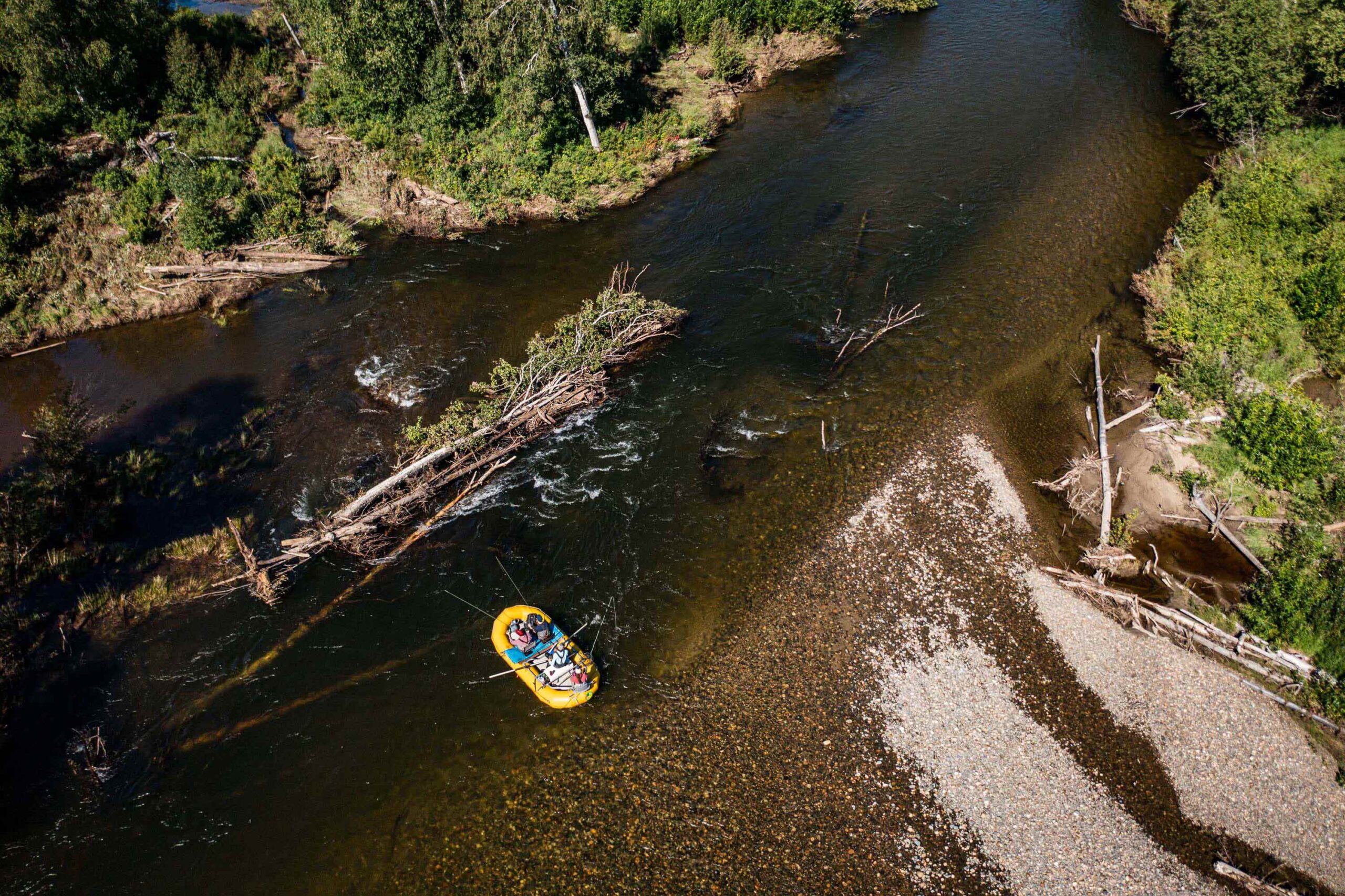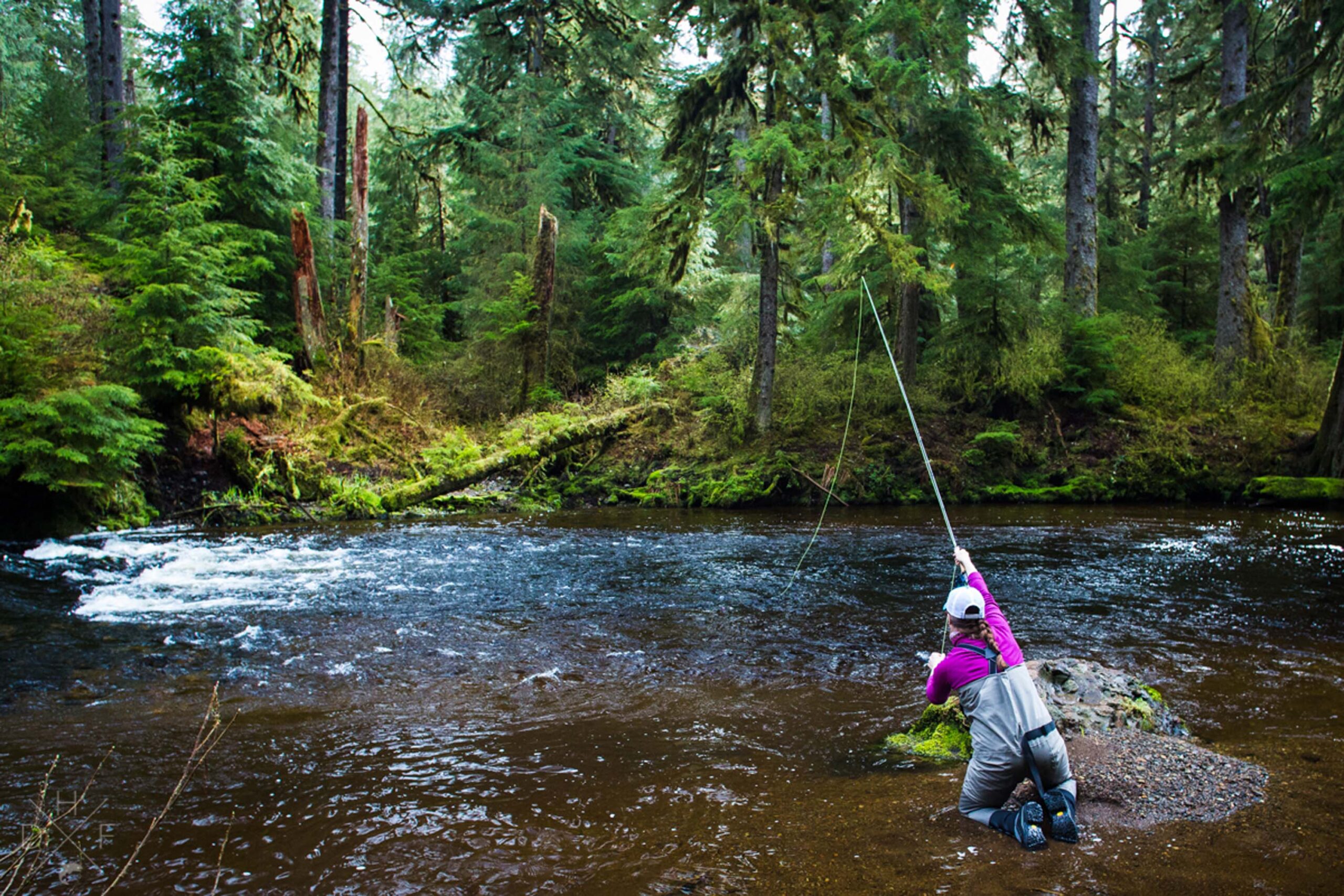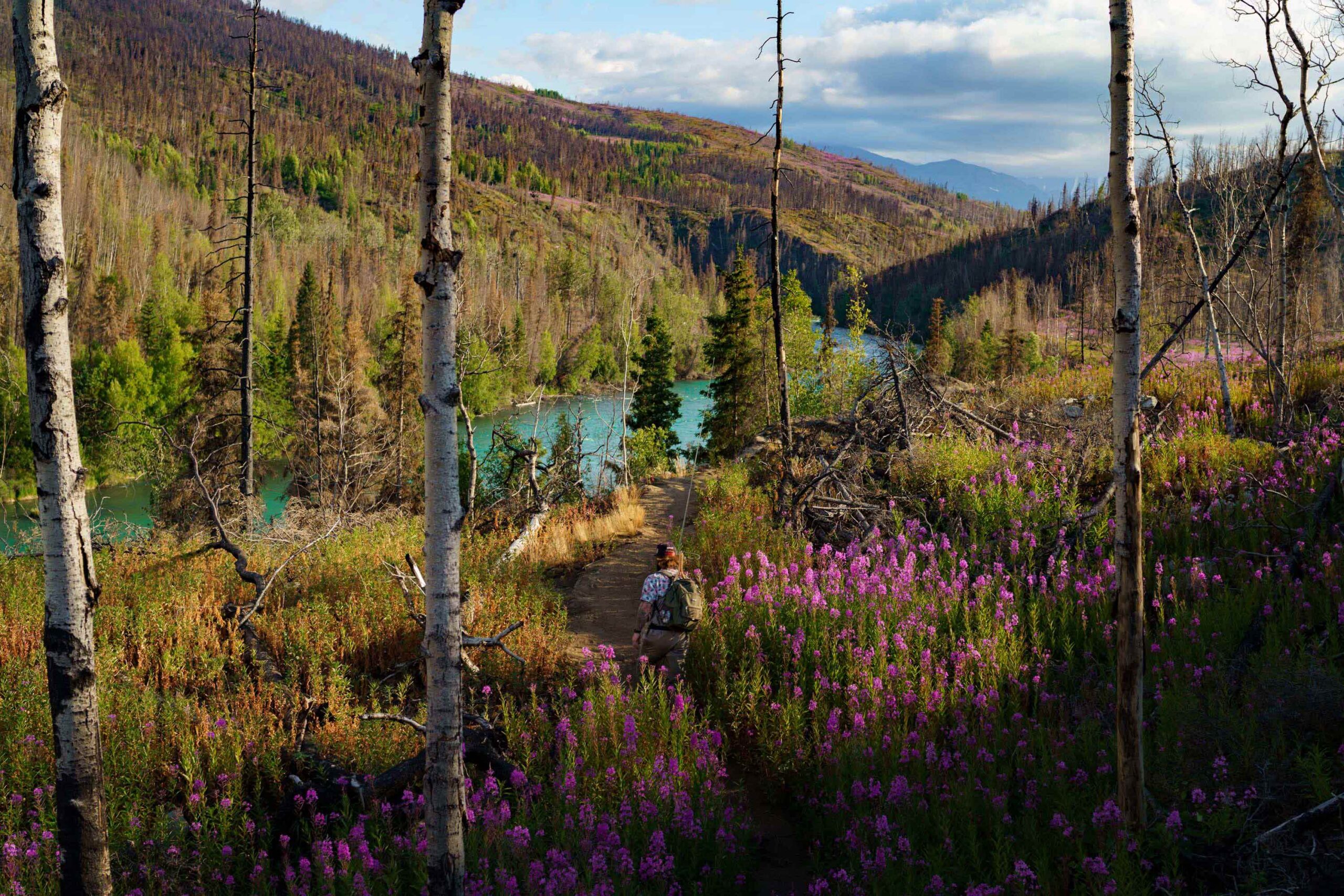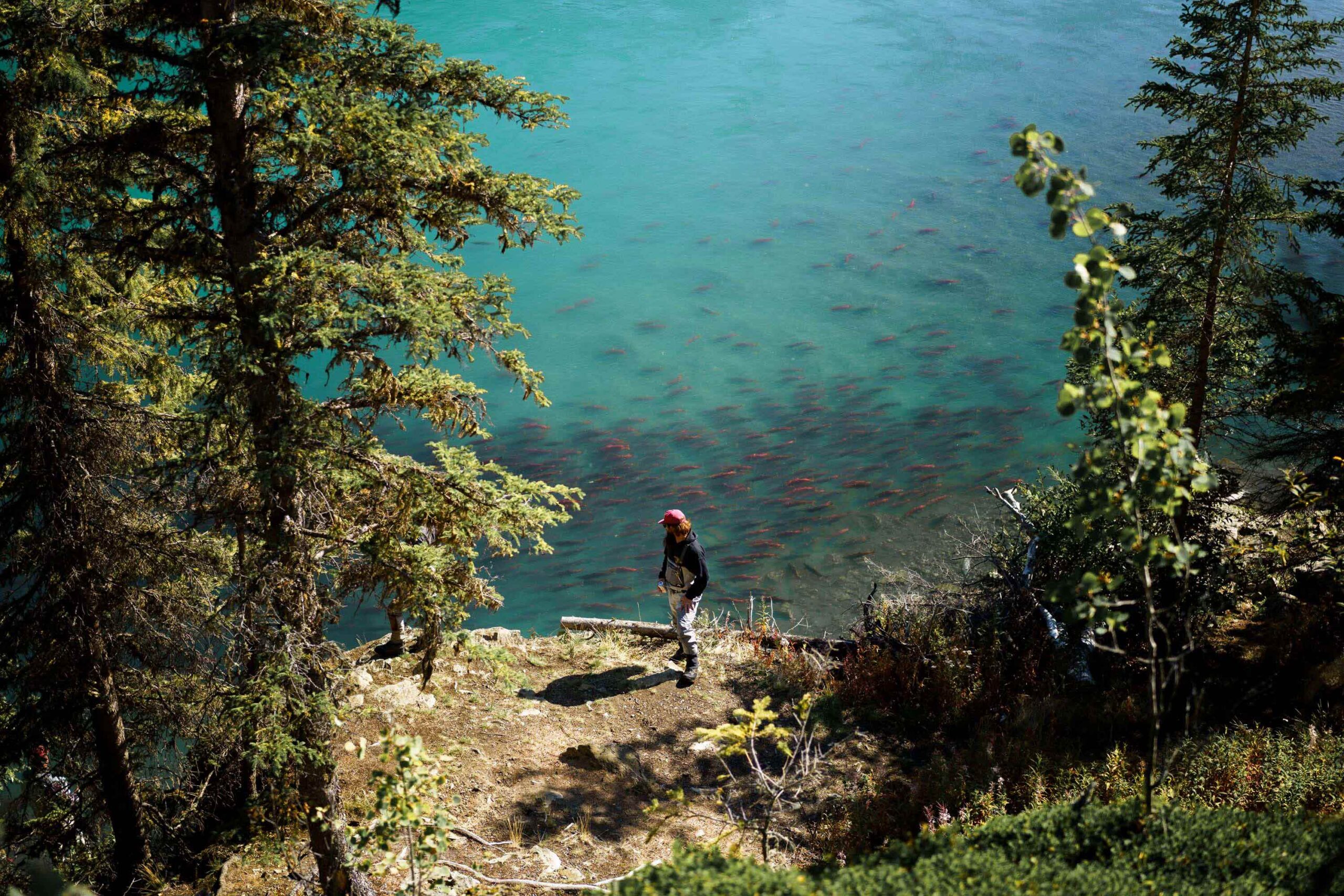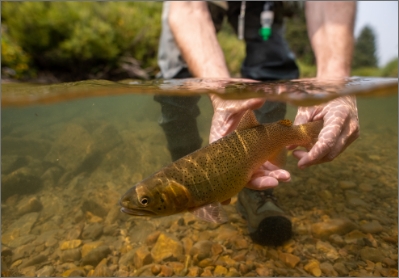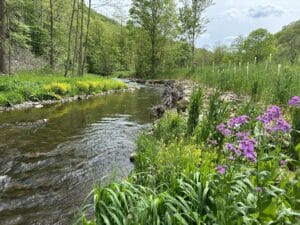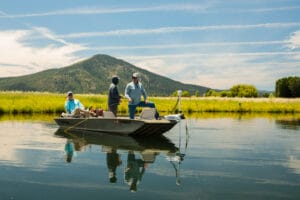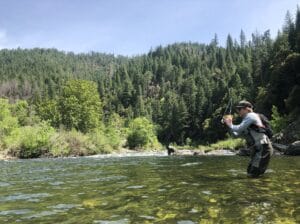Upwards of 80 million salmon return to Bristol Bay each year. (Flyout Media)
New York
The Great State of

Overview
The Upper Delaware tailwater is the best wild trout water within a short drive of New York City. The Adirondacks are a brook trout sanctuary in a vacationland steeped in history. Upstate New York is where the Susquehanna River begins its path to the Chesapeake Bay. From the Genesee in the west to the Battenkill in the east, Trout Unlimited is at work recovering and reconnecting trout habitat and helping rural communities prepare for climate change.
Threats & Opportunities
Even in pristine and protected areas such as the Adirondacks and the Catskills, climate models show a future with little trout water.
How We Work
Reconnection
In a tailwater system famed for its wild, fussy, large trout, we are reconnecting tributaries to the West Branch and East Branch, opening up spawning habitat to wild trout and reducing risk in flood-prone communities.
Restoration
A full study of Wylie Brook, a well-connected native brook trout stronghold, will help us assess habitat needs.
Wild Trout Recovery
Working with the state, we have identified eight rivers that are priorities for ending stocking and recovering wild trout populations.
Temperature Monitoring
By identifying the places where groundwater influences keep streams colder, we can focus our work in sections of rivers where trout populations will survive warming temperatures.
Get Involved
Here’s How You Can Help
Tree-planting events, community science opportunities, advocacy opportunities
Follow us on social media at
New York Conservation Team
70%
TOTAL METRIC ACHIEVED
33
TOTAL METRIC ACHIEVED
4
TOTAL METRIC ACHIEVED
Priority Waters
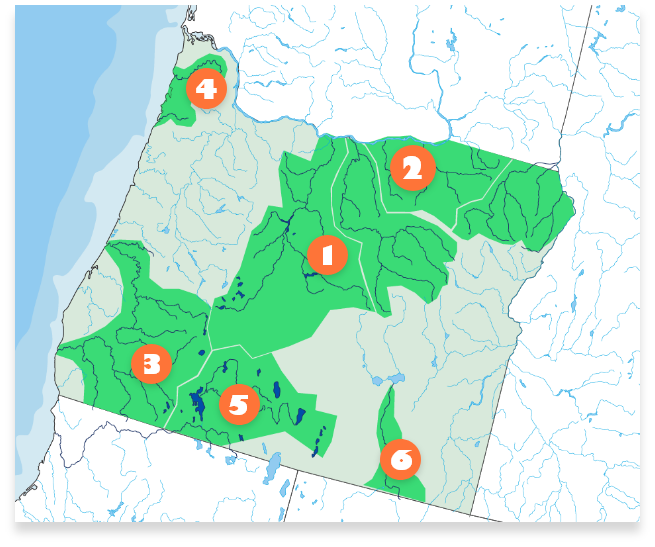
-
Upper Delaware
River In a tailwater system famed for its wild, fussy, large trout, we are reconnecting tributaries to the West Branch and East Branch, opening up spawning habitat to wild trout and reducing risk in flood-prone communities.
-
Susquehanna Headwaters
A full study of Wylie Brook, a well-connected native brook trout stronghold, will help us assess habitat needs.
-
Battenkill River The Battenkill
namesake to a line of reels from Orvis, which is based on the river in Manchester, Vt.—is a wild trout destination that anglers know the world over. But the numbers of wild brookies and browns are not what they were, and we are working to rebuild habitat by adding trees to provide cover, removing obstructions to reconnect stretches, and shoring up eroding streambanks
-
The Adirondacks America’s
first state forest reserve still harbors native brook trout and still draws anglers. In this national landmark, we are assessing fragmentation on the west slope streams, which drain into Lake Ontario, by surveying 400 culverts on state land. In the Black River watershed, we are reconnecting tributaries.
Upcoming Events

